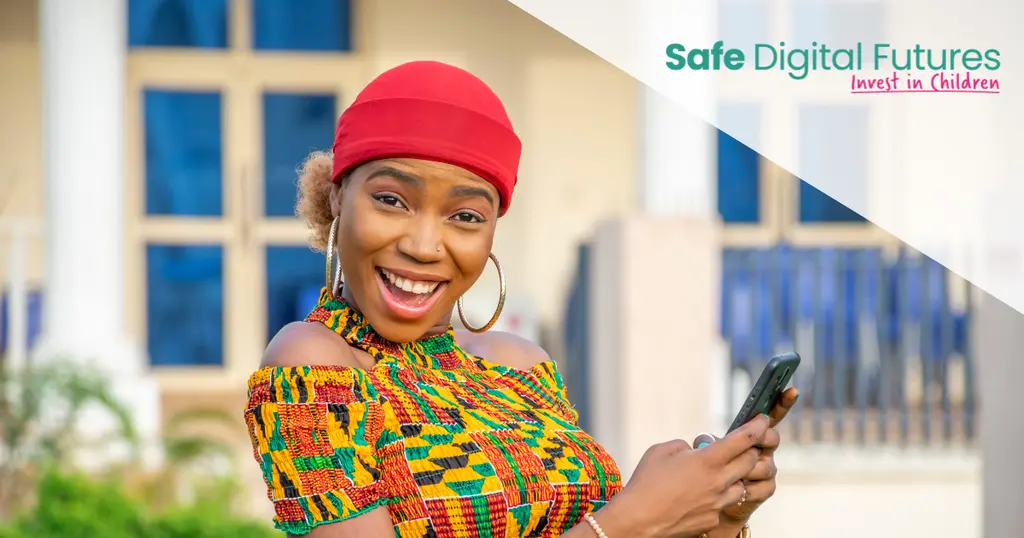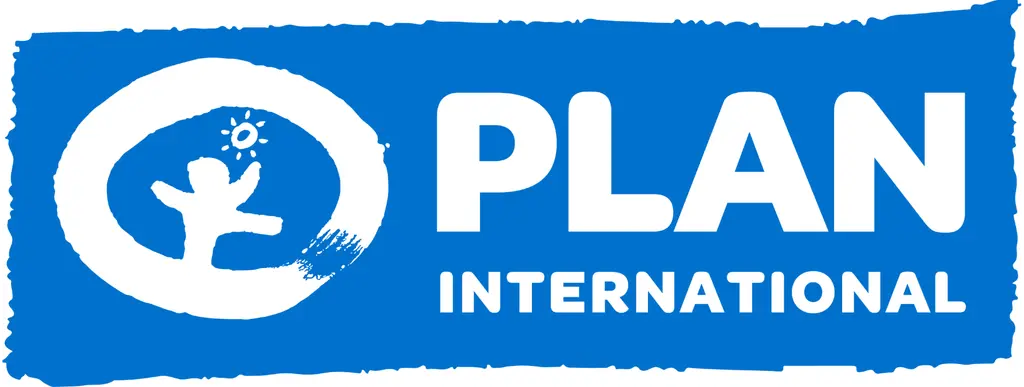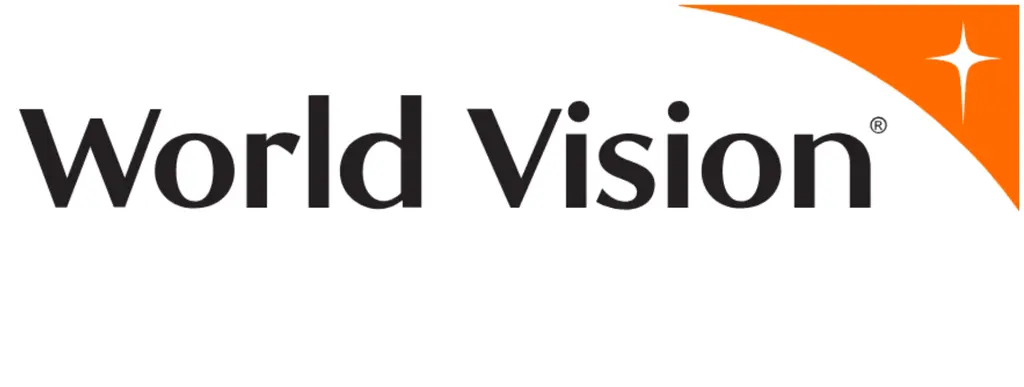Sensitive content
This site contains sensitive content that includes references to sexual violence.
Authored by Safe Digital Futures

Africa is home to the world’s youngest population. With over 650 million children today, and a projected one billion by 2055, their future hinges on the decisions we make now. Among the most urgent is how governments across Africa plan and budget for children's safety especially in our increasingly digital world.
From online sexual exploitation and abuse to cyberbullying and privacy violations, children face alarming risks every time they go online. Digital technologies are evolving fast, but public investments to make digital spaces safe for children by design and not as an afterthought remain dangerously behind. Most African countries still lack coordinated systems and budget allocations to address online harms.
"Chronic underfunding leaves millions of children vulnerable and deepens existing inequalities"
Since 2010, when the African Committee of Experts on the Rights and Welfare of the Child (ACERWC) first called for child-sensitive budgeting, some progress has been made.
Six African countries - Kenya, Mozambique, Namibia, South Africa, Tanzania, and Uganda - invested in evidence generation through national “Disrupting Harm” assessments on online child sexual exploitation and abuse that led to tailored roadmaps to strengthen national efforts to tackle online harms.
In Kenya, this informed manuals and standard operating procedures for service providers, the establishment of a National Technical Working Group, specialized training for police, prosecutors, lawyers, and the judiciary, the adoption of a 2022–2026 National Action Plan against online CSEA, and a notable rise in court cases and adult disclosures.
In Uganda, it supported the creation of a National Action Plan on online CSEA, advocacy to integrate these issues into the Children’s Act, dedicated training for law enforcement and frontline workers, and the rollout of online educational toolkits and school guidance resources.
"These are encouraging signs. But many initiatives remain small, donor-funded, or disconnected from broader national budgeting frameworks. Too often, online safety is treated as optional, not essential"
It’s time to shift the conversation. Online safety is not just a tech or child‑rights issue. It’s a core pillar of digital transformation and a public health imperative. Investing now means prevention is built in at industry, policy, and societal levels not treated as an afterthought.
That means:
A child rights-based approach to budgeting cannot ignore the digital world where many children now learn, play, and grow.
Taking an historic step, the African Union is developing a new Model Law on Online Child Safety.
"But funding alone even with the strongest laws won’t change lives unless we follow through with clear, accountable implementation"
The upcoming G20 Summit in South Africa is a critical moment. We urge governments, donors, and financial institutions to:
Every budget decision tells a story. When governments allocate more for weapons than for children, that too sends a message. When child protection is underfunded, the cost is paid by children with their health, their lives, and through significant long-term financial and societal costs.
Let this Day of the African Child mark a turning point. Let it be the year decision makers decided not just in words but in financial investments that every African child deserves to be safe, to thrive, and to dream online and offline.






